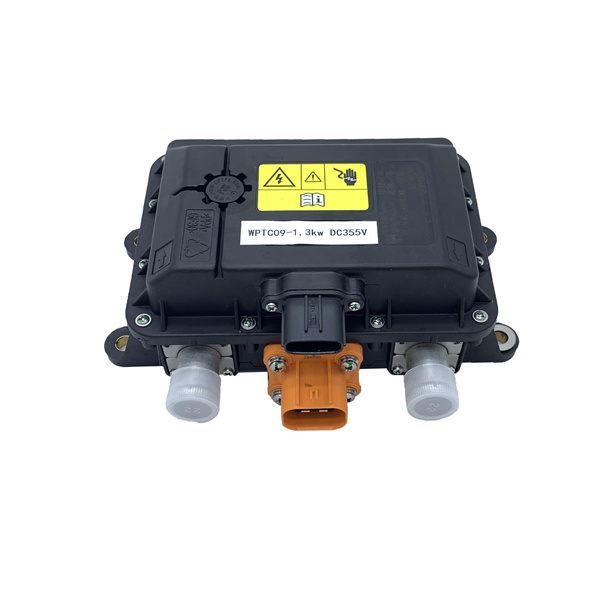In order to be able to run an electric vehicle with particularly high efficiency, the optimal temperature range of the electric motor, power electronics and battery must be maintained. So this requires a complex thermal management system.
The thermal management system of a conventional car is divided into two main parts, one is the thermal management of the engine and the other is the thermal management of the interior. New energy vehicles, also known as electric vehicles, are replacing the engine with a core system of three electric motors, so the thermal management of the engine is not needed. As the three core systems of motor, electric control and battery replace the engine, there are three main parts of thermal management system for new energy vehicles, especially electric vehicles: the first part is the thermal management of motor and electric control, which is mainly the function of cooling; the second part is the thermal management of battery; the third part is the thermal management of air conditioning. The three core components of motor, electric control and battery all have very high requirements for temperature control. Compared with the internal combustion engine, electric drive has many advantages. For example, it can deliver maximum torque from zero speed and can run at up to three times the nominal torque for a short period of time. This allows for very high acceleration and makes the gearbox obsolete. In addition, the motor recovers drive energy during braking, which further improves overall efficiency. In addition, they have a low number of wear parts and therefore low maintenance costs. Electric motors have one disadvantage compared to internal combustion engines. Due to the lack of waste heat, electric vehicles rely on heat management through electric heating systems. For example, to make winter journeys more comfortable. The fuel tank is for the internal combustion engine and the high-voltage battery is for the electric vehicle, the capacity of which determines the range of the vehicle. Since the energy for the heating process comes from that battery, the heating affects the vehicle's range. This requires effective thermal management of the electric vehicle.
Due to the low thermal mass and high efficiency, HVCH (High Voltage Coolant Heater) can be heated or cooled very quickly and is controlled via bus communication such as LIN or CAN. This electric heater operates at 400-800V. This means that the interior can be heated immediately and windows can be cleared of ice or fogging. Since air heating with direct heating can produce unpleasant climates, convectors tempered with water are used, avoiding dryness due to radiant heat and being easier to regulate.

Post time: Mar-29-2023




